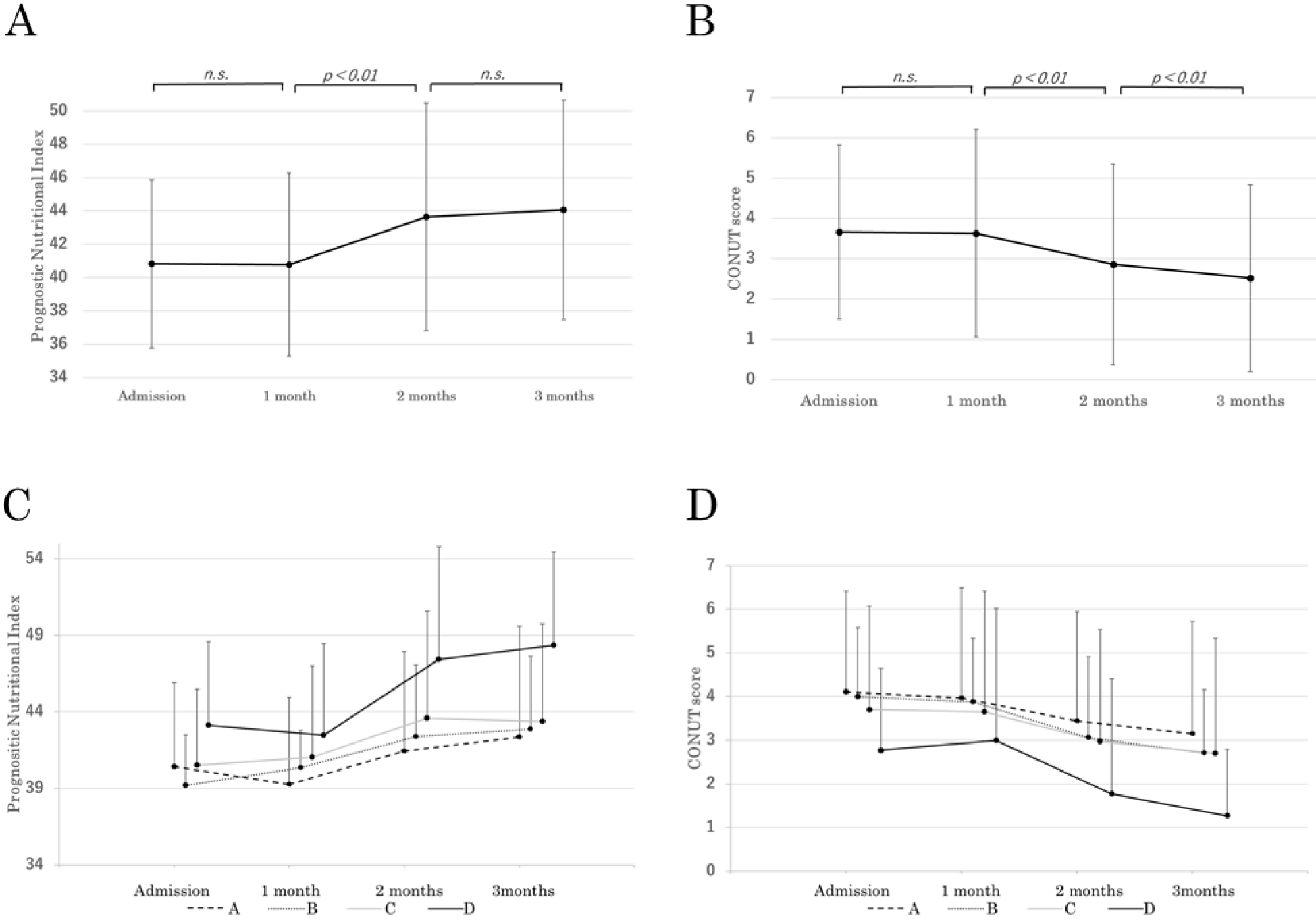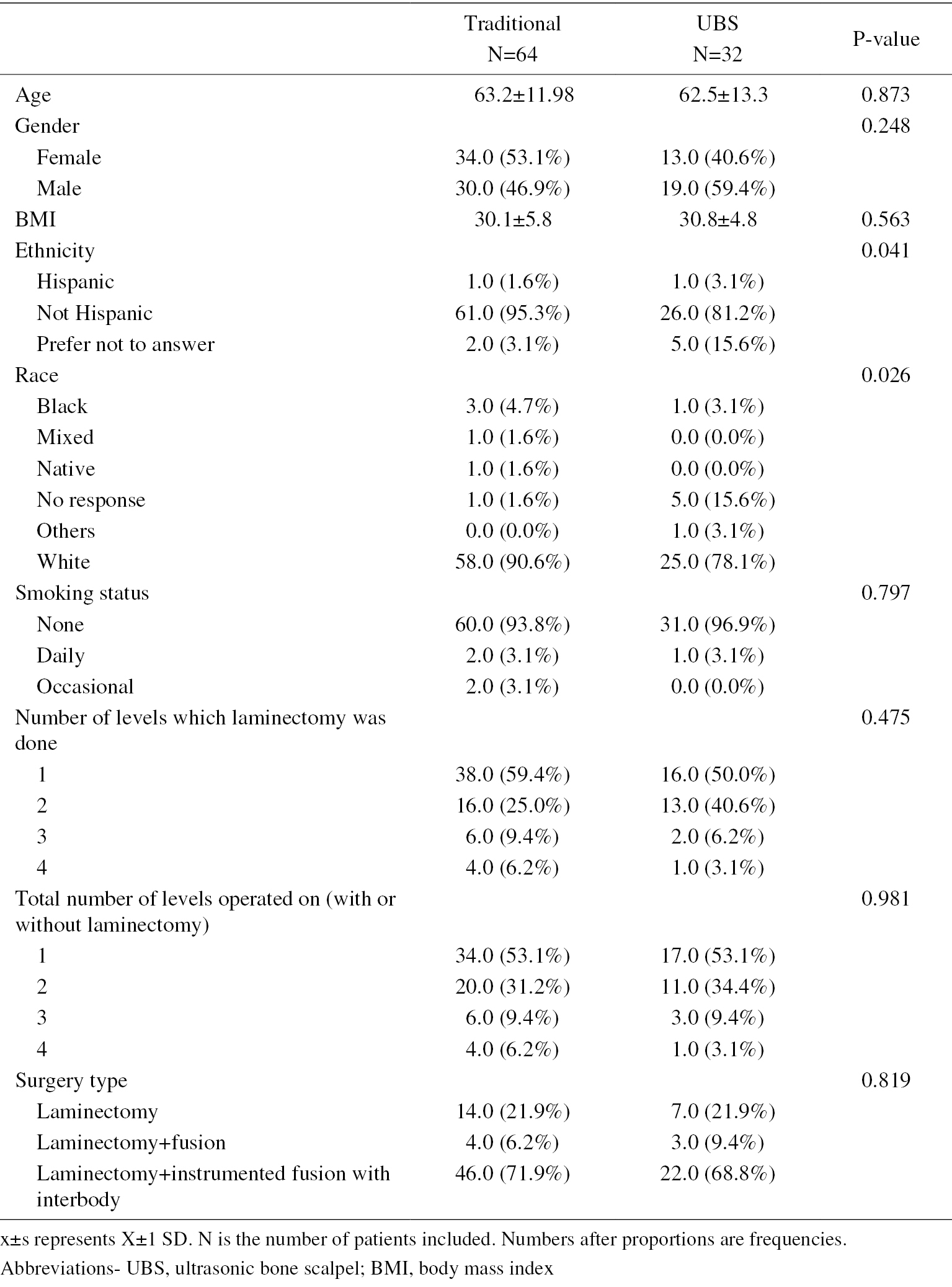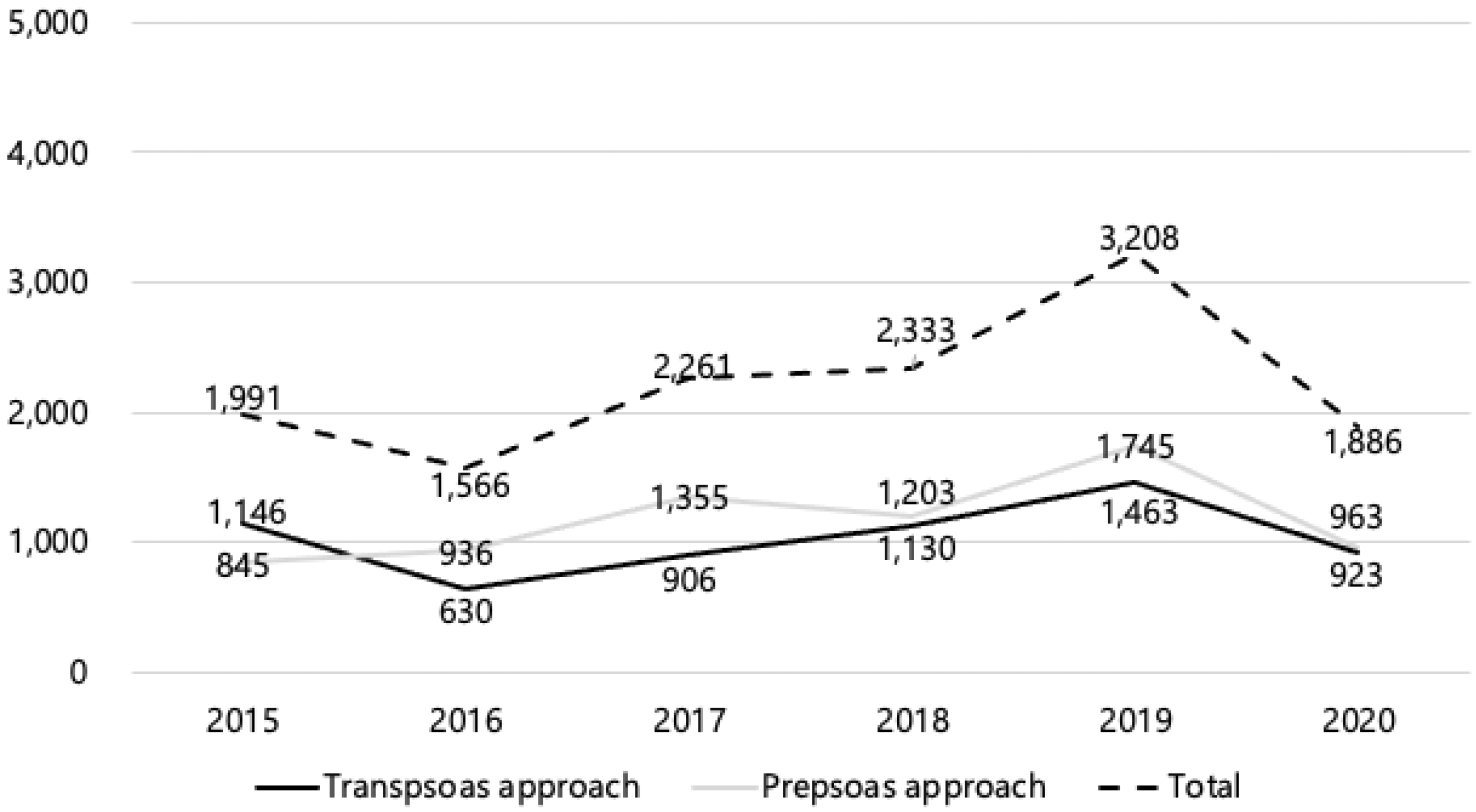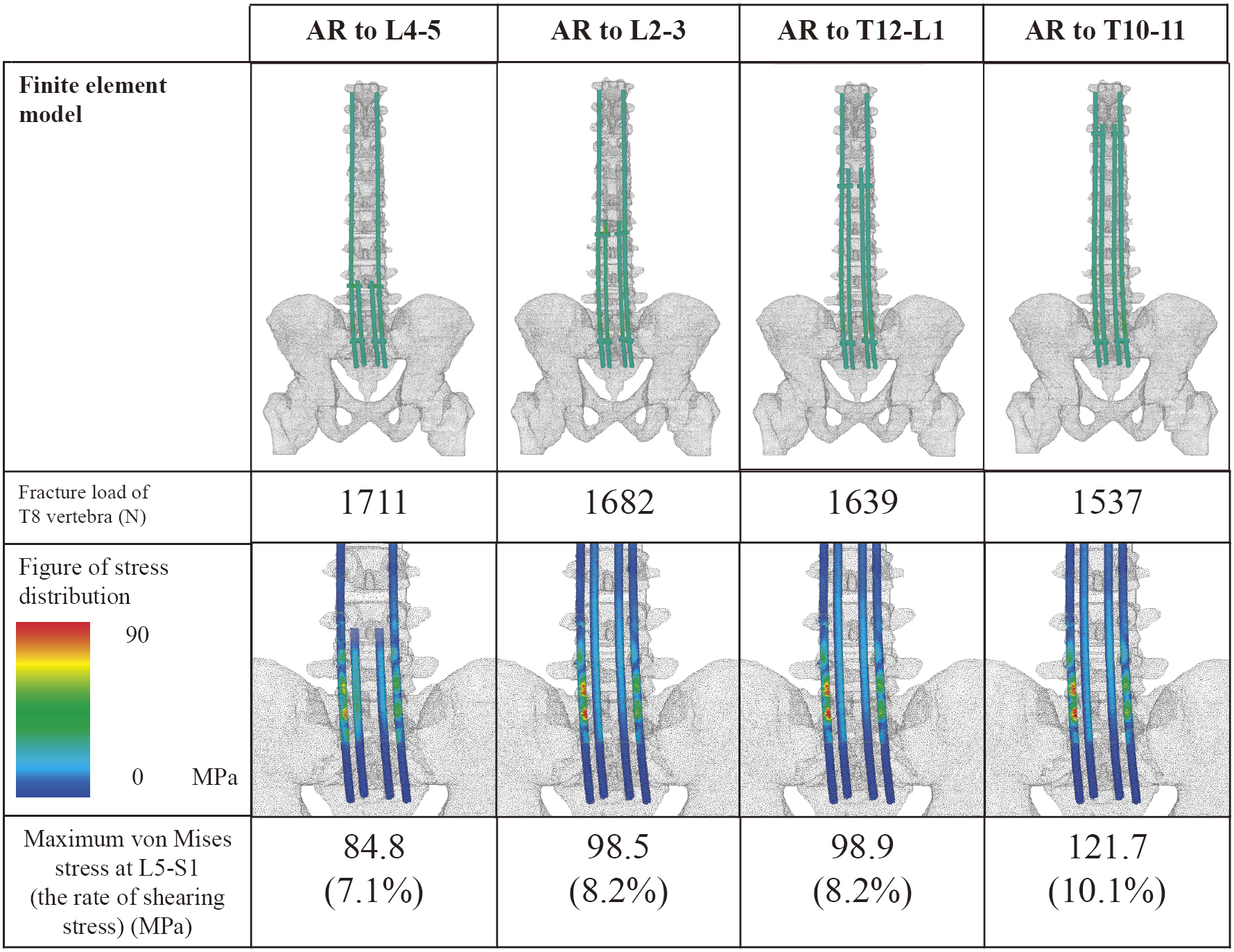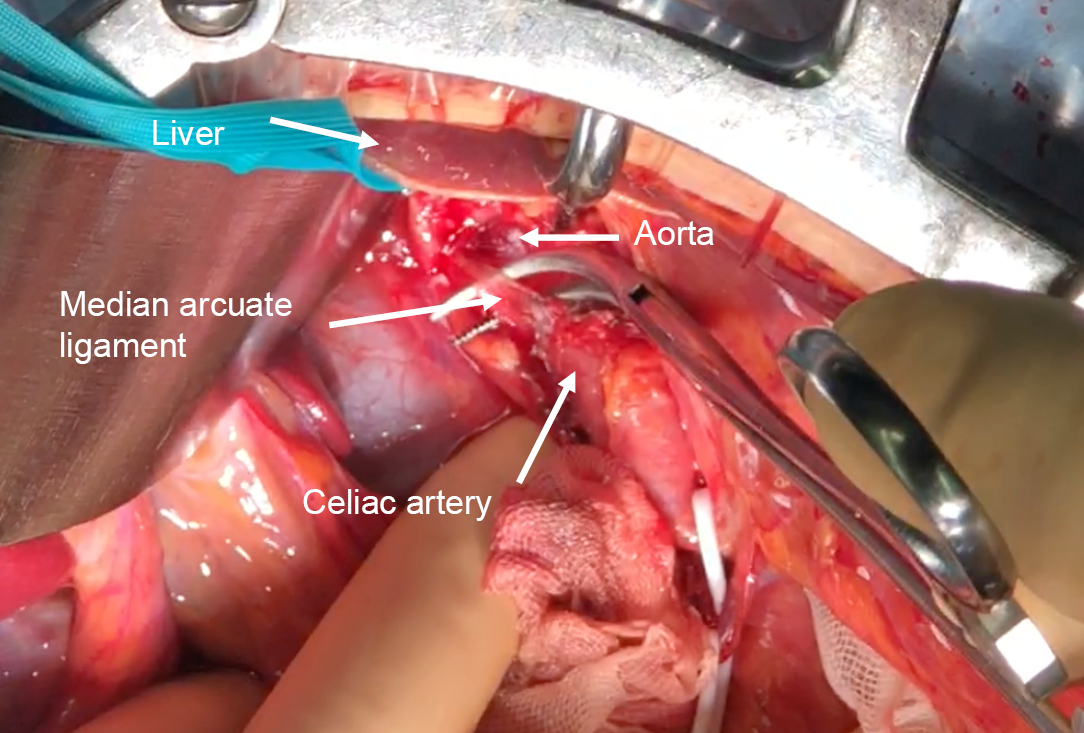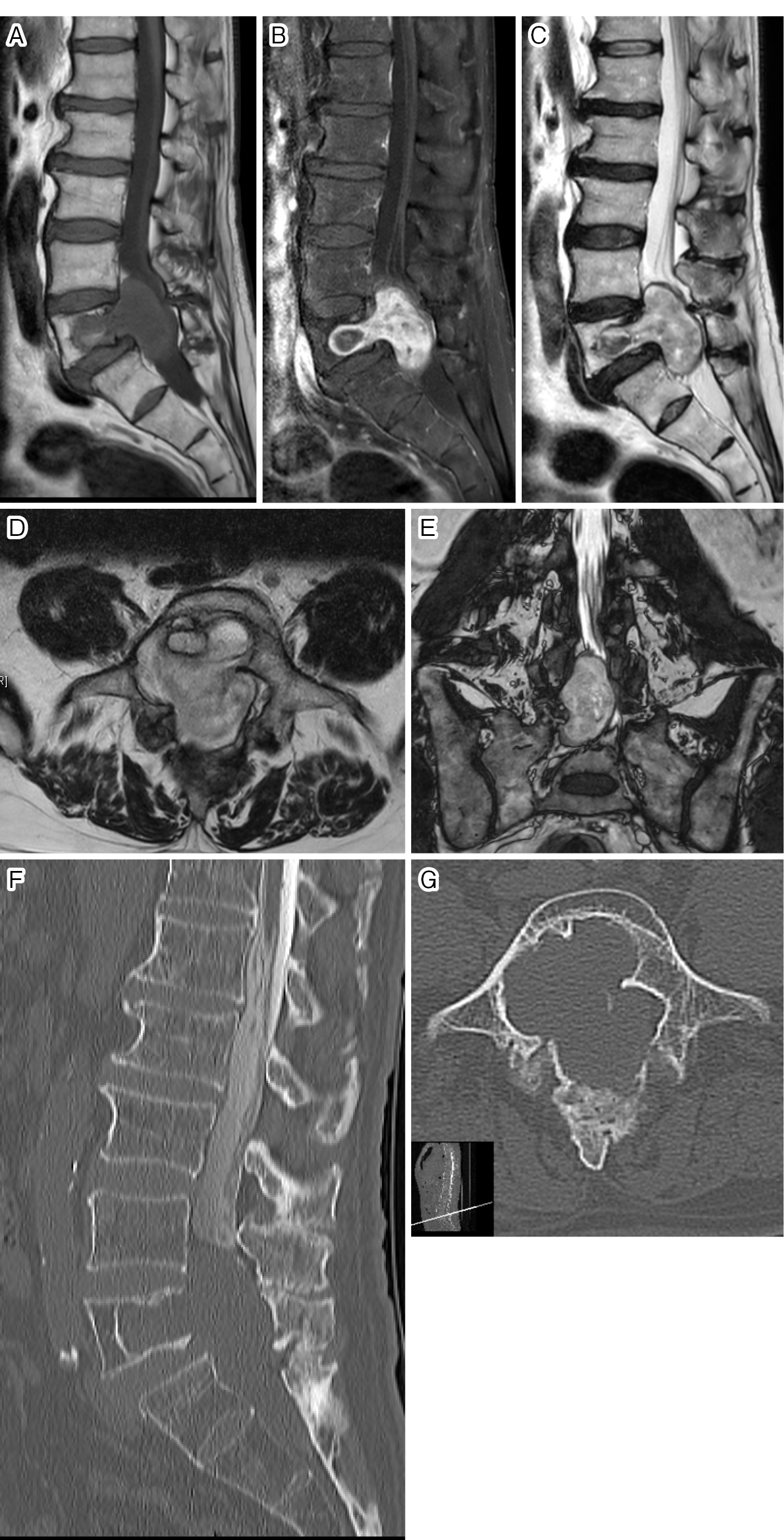7 巻, 3 号
選択された号の論文の14件中1~14を表示しています
- |<
- <
- 1
- >
- >|
REVIEW ARTICLE
-
2023 年 7 巻 3 号 p. 200-210
発行日: 2023/05/27
公開日: 2023/05/27
[早期公開] 公開日: 2023/01/12PDF形式でダウンロード (372K) -
2023 年 7 巻 3 号 p. 211-218
発行日: 2023/05/27
公開日: 2023/05/27
[早期公開] 公開日: 2023/03/13PDF形式でダウンロード (468K)
ORIGINAL ARTICLE
-
2023 年 7 巻 3 号 p. 219-224
発行日: 2023/05/27
公開日: 2023/05/27
[早期公開] 公開日: 2022/10/28PDF形式でダウンロード (177K) -
2023 年 7 巻 3 号 p. 225-234
発行日: 2023/05/27
公開日: 2023/05/27
[早期公開] 公開日: 2022/12/12PDF形式でダウンロード (221K) -
2023 年 7 巻 3 号 p. 235-241
発行日: 2023/05/27
公開日: 2023/05/27
[早期公開] 公開日: 2022/10/28PDF形式でダウンロード (217K) -
2023 年 7 巻 3 号 p. 242-248
発行日: 2023/05/27
公開日: 2023/05/27
[早期公開] 公開日: 2022/12/12PDF形式でダウンロード (90K) -
2023 年 7 巻 3 号 p. 249-256
発行日: 2023/05/27
公開日: 2023/05/27
[早期公開] 公開日: 2022/12/12PDF形式でダウンロード (222K) -
2023 年 7 巻 3 号 p. 257-267
発行日: 2023/05/27
公開日: 2023/05/27
[早期公開] 公開日: 2022/12/12PDF形式でダウンロード (1215K) -
2023 年 7 巻 3 号 p. 268-275
発行日: 2023/05/27
公開日: 2023/05/27
[早期公開] 公開日: 2022/12/12PDF形式でダウンロード (110K) -
2023 年 7 巻 3 号 p. 276-283
発行日: 2023/05/27
公開日: 2023/05/27
[早期公開] 公開日: 2023/01/12PDF形式でダウンロード (502K)
CLINICAL CORRESPONDENCE
-
2023 年 7 巻 3 号 p. 284-287
発行日: 2023/05/27
公開日: 2023/05/27
[早期公開] 公開日: 2022/10/28PDF形式でダウンロード (744K) -
2023 年 7 巻 3 号 p. 288-292
発行日: 2023/05/27
公開日: 2023/05/27
[早期公開] 公開日: 2022/10/28PDF形式でダウンロード (1473K)
LETTER TO THE EDITOR
-
2023 年 7 巻 3 号 p. 293-294
発行日: 2023/05/27
公開日: 2023/05/27
[早期公開] 公開日: 2023/03/13PDF形式でダウンロード (37K) -
2023 年 7 巻 3 号 p. 295-296
発行日: 2023/05/27
公開日: 2023/05/27
[早期公開] 公開日: 2023/03/13PDF形式でダウンロード (37K)
- |<
- <
- 1
- >
- >|



